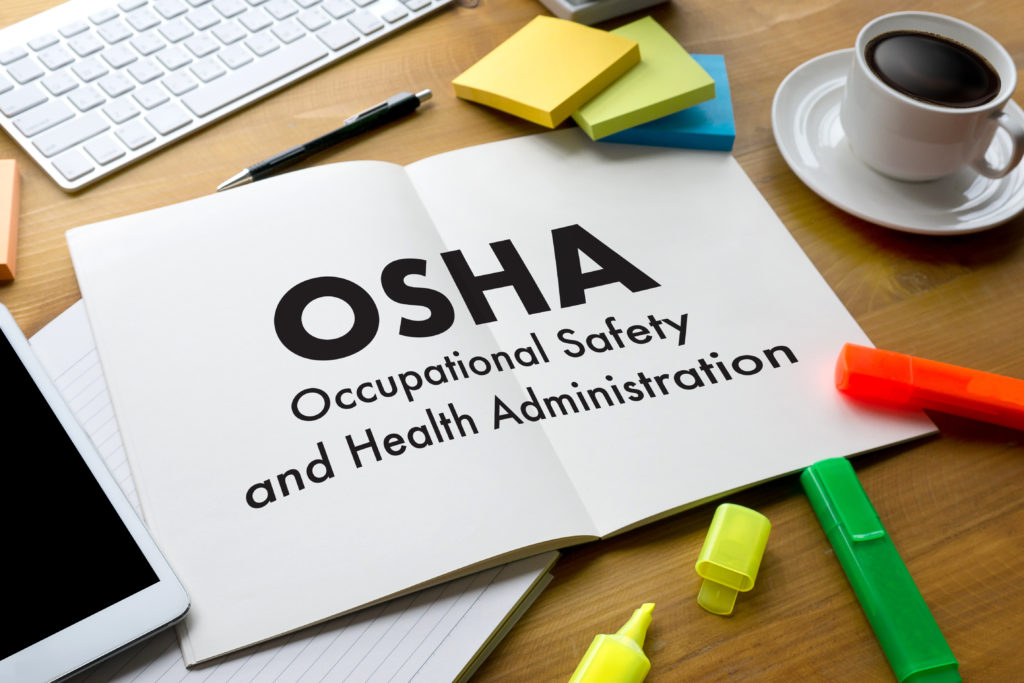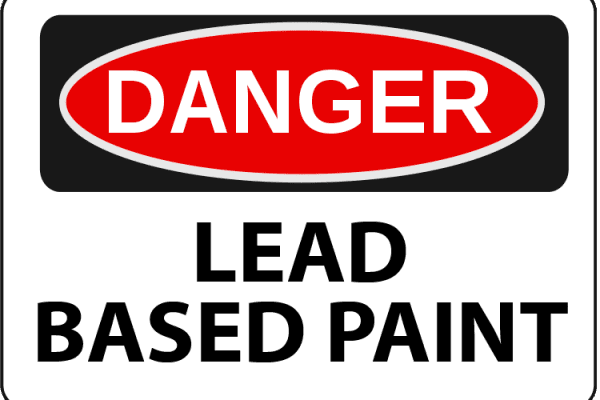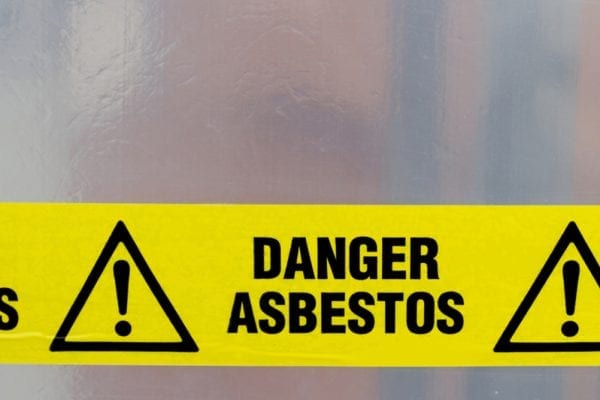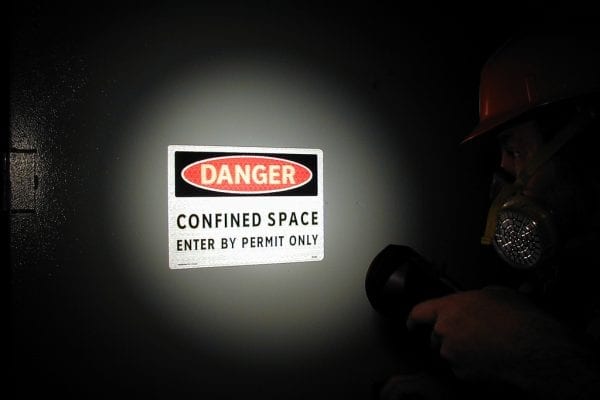Nobody looks forward to a visit from an OSHA Compliance Officer. An OSHA inspection can be disruptive, and often results in citations and fines. It also usually means that some sort of problem has already been identified or a complaint has been filed.
Here’s what you need to know to be prepared for the possibility of an OSHA inspector showing up at your facility.
What Is an OSHA Compliance Officer?
An OSHA compliance officer, also known as an OSHA inspector, is a representative of the Occupational Safety and Health Administration who inspects workplaces and holds employers accountable to OSHA standards.
The OSHA fact sheet on inspections says that they “are experienced, well-trained industrial hygienists and safety professionals whose goal is to assure compliance with OSHA requirements and help employers and workers reduce on-the-job hazards and prevent injuries, illnesses, and deaths in the workplace.”
Why an OSHA Compliance Officer May Visit Your Site
With over 7 million worksites under their jurisdiction, the Occupational Safety and Health Agency cannot inspect every facility on a regular basis. If an OSHA compliance officer comes to your facility with a warrant for inspection, it usually means they have a reason to be there.
Here are the top 6 likely reasons for the inspection, based on the priorities outlined in OSHA’s fact sheet.
1. They suspect a situation of imminent danger
If there is a hazard that could cause death or serious physical harm on your job site, and someone notifies OSHA, OSHA will make it a priority to inspect immediately. If, upon inspection, they confirm an “imminent danger situation” they will require you to remove the hazards immediately, or to remove the endangered employees.
2. They have received a report of severe injuries or illness
If a death or severe injury or illness occurs on your job site, you, the employer, are required to report it immediately (within 8 hours for fatalities and 24 hours for illnesses and injuries). This includes inpatient hospitalizations, amputations, or losses of an eye caused by work-related conditions or incidents. This report will usually trigger an inspection by an OSHA compliance officer.
3. A worker has complained
Workers in the United States have the right to complain to OSHA about hazards and violations in their workplace, and they have the right to request anonymity when they do so. If anyone in your workplace files a complaint, OSHA will make it a high priority to investigate.
4. Someone outside your organization has reported a possible violation
Other federal, state, and local agencies, individuals, organizations, and the media all have the right to request an OSHA inspection. When any of these parties do so, it will usually trigger an OSHA compliance officer to come to your worksite with an inspection warrant.
5. You operate in a high-hazard industry or have a history of injuries and illnesses in your workplace
Complaints and incidents are not the only reason an OSHA compliance officer might show up to inspect your facility. Workplaces in certain high-hazard industries may be targeted for inspections in the absence of active complaints or incidents. In addition, if your facility has had a higher than average rate of injuries or illness in the past, you may be on OSHA’s list for periodic inspections.
6. You were recently cited for violations
If you’ve been cited for violations recently, an OSHA compliance officer may conduct a follow-up inspection to confirm abatement of those violations.
Your Rights and Responsibilities During an OSHA Inspection
OSHA inspections are usually conducted without advance notice. This means that every employer must be prepared for a visit at any time.
When the OSHA compliance officer arrives at your site, they will present their credentials, which should include their photo and an ID number. You have the right to require that they also present an inspection warrant before entering your worksite.
Next, they will explain why OSHA selected your workplace for inspection, and explain what they will do while there. You have the right to select a representative of your organization to accompany the compliance officer during the inspection.
Your employees also have the right to choose a representative to accompany the inspector, and for a reasonable number of them to consult privately with the compliance officer. You do not have the right to be present for these consultations.
“During the inspection, the compliance officer and the representatives will walk through the portions of the workplace covered by the inspection, inspecting for hazards that could lead to employee injury or illness,” says the OSHA fact sheet. “The compliance officer will also review worksite injury and illness records and the posting of the official OSHA poster.”
The officer may point out apparent violations that could be corrected immediately. It is in the best interest of the employer to remediate these violations right away, as it shows good faith. However, the officer is still required to cite them.
Following the inspection, you have the right to a closing conference, in which the OSHA compliance officer will discuss their findings with you. They may also share possible courses of action you may take, and answer your questions.
Your compliance officer will file a report of their findings with OSHA. If they identify violations of OSHA standards or other serious hazards, they may issue citations and proposed penalties. You have the right to receive this information within six months of the violation.
Fines may be adjusted for good faith or to accommodate small businesses, as well as for violations that they deem willful, serious, repeated, or that have been previously cited and left unabated. Ranges for potential fines can be viewed here.
You have the right to a conference with the OSHA Area Director to discuss any citations, penalties, abatement dates, and other information relevant to your inspection. You also have the right to formally contest alleged violations and penalties by sending written notice to the Area Director.
What NOT To Do After an OSHA Inspection
Worker complaints are one of the most common triggers for a visit from an OSHA compliance officer. It’s important to know that workers have the right to file complaints, to remain anonymous after filing a complaint, and to be free from retaliation for filing a complaint.
If you’ve received a visit, it can be tempting to want to know who filed the complaint, but it’s important that you respect the workers’ right to anonymity and, if you know who filed the complaint, that you refrain from any activity that might be construed as retaliation.
How to Avoid a Visit from an OSHA Compliance Officer
Nobody likes a visit from an OSHA compliance officer and, fortunately, there is a great deal employers can do to avoid one. The most important step you can take to decrease the odds that you will have a surprise inspection, is to maintain a safe and healthy work environment.
A workplace that enjoys a low rate of injuries and illnesses, and that maintains consistent compliance with OSHA regulations, will be far less likely to trigger an inspection to begin with, and to come through with flying colors in the event one occurs anyway.
OSHA regulations are complex and frequently changing, making it hard to know whether you are in full compliance. Many employers hire a third party industrial hygiene assessment company to conduct regular inspections and help them stay in compliance and avoid causing inspection triggers.
Our experts have been helping employers maintain safe and healthy work environments for over 29 years. We’d love to speak with you today about how we can help you.






